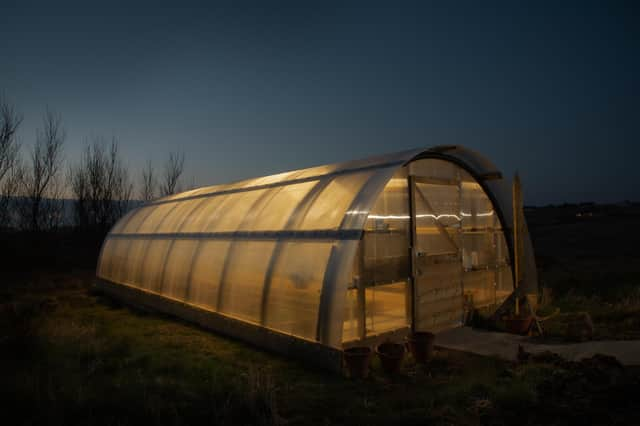Strategy for growing more local food


It is accepted that in order for it to be brought to reality the initiative will need external funding from the Scottish Government and/or its agencies, with a suggestion that a Community Food and Drink Development Fund be established alongside to “increase the economic value gained from the high-quality primary produce of the Outer Hebrides”.
Comhairle economic development officer Murdo MacKay said that the “bulk of the produce from the Outer Hebrides is live lambs and calves sold on the hoof to be finished elsewhere” and warned that “economies of scale make non-livestock food production challenging, if not unviable in current market conditions”.
Advertisement
Hide AdAdvertisement
Hide AdHowever, he added: “The debate around food and provenance is one that has gained significant traction over the last couple of years.
"There is a discussion to be had around how best to increase both the amount of food grown locally and access to land for growing, in line with the Comhairle’s stated aims and Scottish Government policy.”
A number of community groups have already made in-roads in developing local produce over the last few years, mainly through making use of polycrubs, for example the Horshader Community Growing Project in Shawbost, Lewis.
In Harris, the local economic recovery forum has established a formal Food and Drink Sub-Group to develop a local market and supply chain, while in Uist, Stòras Uibhist is leading the development of the Grogarry Steadings Food and Drink Hub.
Advertisement
Hide AdAdvertisement
Hide AdHowever, there is a recognition that individual community efforts need to be co-ordinated and become part of a wider pan-Outer Hebrides initiative.
Mr MacKay said: “Unlike mainland local authorities the Comhairle has no allotments and no history of providing allotments. However, having 6,200 crofts in the area means that access to land for growing food is significantly greater here than in other areas.
"The amount of land in community ownership and under crofting tenure is also a unique aspect of land holding and access to land in this area. This pattern of land ownership does not exist to such an extent anywhere else in Scotland.”
The Food Growing Strategy will be developed under the Outer Hebrides Food and Drink Partnership, which has identified the sector as potentially an area of real economic opportunity.
Advertisement
Hide AdAdvertisement
Hide AdThe partnership is led by the comhairle and Highlands and Islands Enterprise and Food & Drink Scotland and involves representatives from the different sectors of the industry, including hospitality and retailers.
Objectives of the project, which will be led by a Regional Food Co-ordinator, include building the Outer Hebrides Food Tourism offering, encouraging collaboration and innovation and promoting a “Love Local” campaign, highlighting the economic, environmental and social benefits to businesses and consumers.